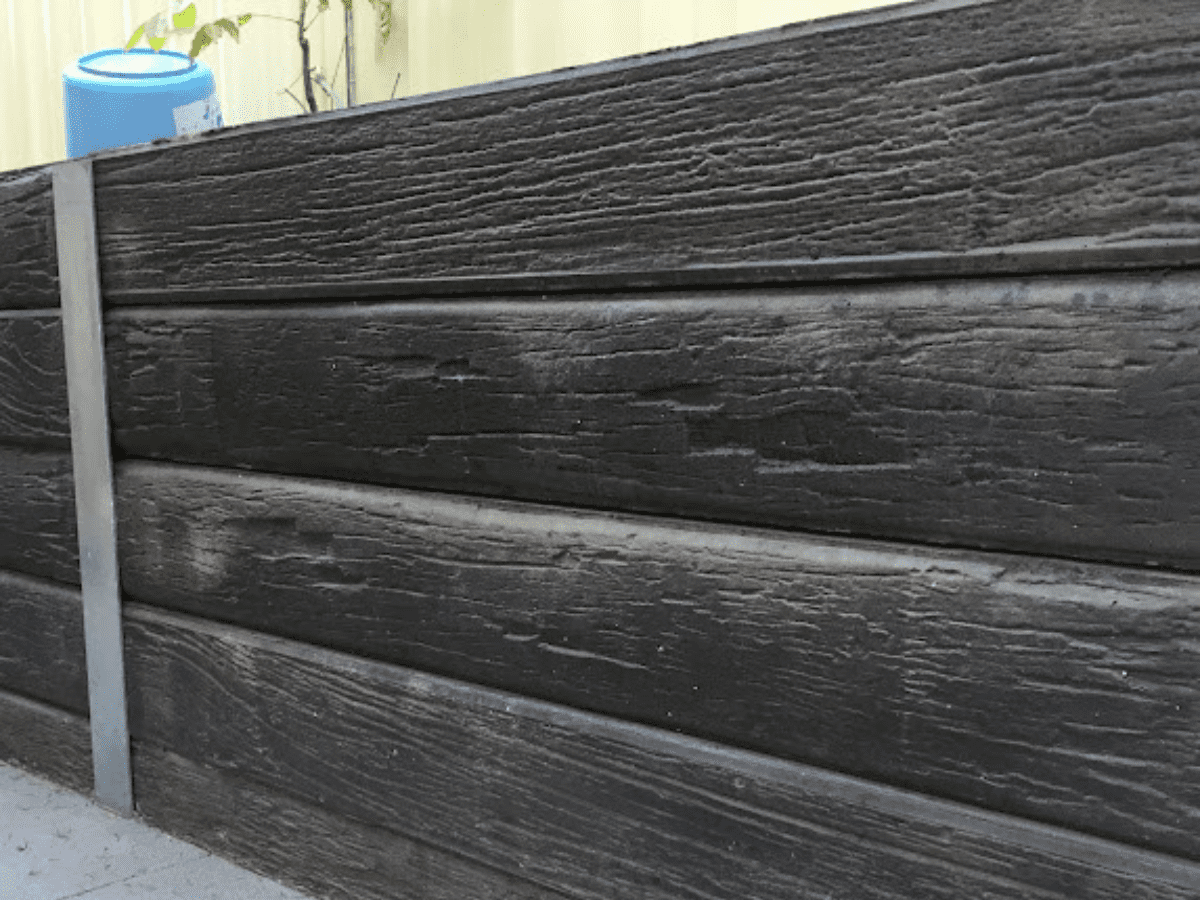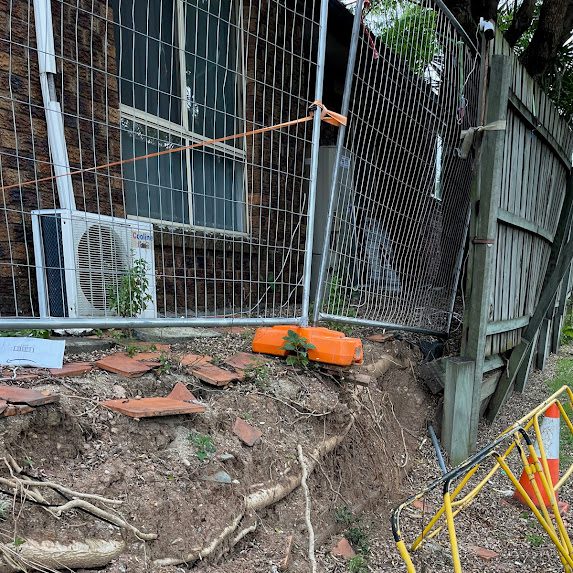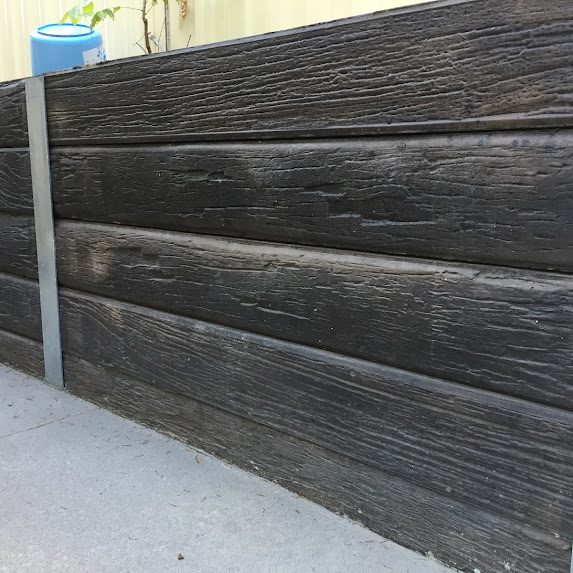
26 Apr What attributes make a good retaining wall?
A retaining wall is a structure that is designed to hold back soil or other materials and prevent them from sliding or collapsing. They can come in a variety of materials, but what attributes make a good retaining wall? Below are just a few:
Proper design
The design of the retaining wall must be appropriate for the specific site conditions, including soil type, slope, drainage, and the load that the wall will need to support. The design should also take into account any potential environmental or zoning regulations.
High quality materials
The materials used for the retaining wall should be of high quality and able to withstand the elements and pressure from the soil. Common materials for retaining walls include concrete blocks, poured concrete, stone, brick, and wood.
Proper drainage
A good retaining wall must have proper drainage to prevent water buildup and ensure that the soil behind the wall remains stable. This can be achieved through the use of drainage pipes, gravel backfill, and proper grading.
Proper installation
A good retaining wall must be installed by experienced professionals who understand the design and construction requirements.
When it comes to choosing a retaining wall, the problem with the budget solutions is that they nearly always cost so much more longer term. Quite often retaining walls are built under fences and on boundaries and usually before the house or major structural changes have been started. By choosing a cheaper timber sleeper option most homeowners are unaware that the lifespan can be quite short and then when it’s time to then repair or replace the wall, the costs can be huge because of access issues plus digging out the old wall.
The photo below shows a typical failed timber retaining wall and a ProBuilder forever retaining wall. For this wall we used galvanised H section upright posts and 200×75 woodgrain look concrete sleepers. These walls stay true, do not rot and will be around for many decades. To find out more click here.

This photo shows a typical failed timber retaining wall 
For this wall we used galvanised H section upright posts and 200×75 woodgrain look concrete sleepers




No Comments